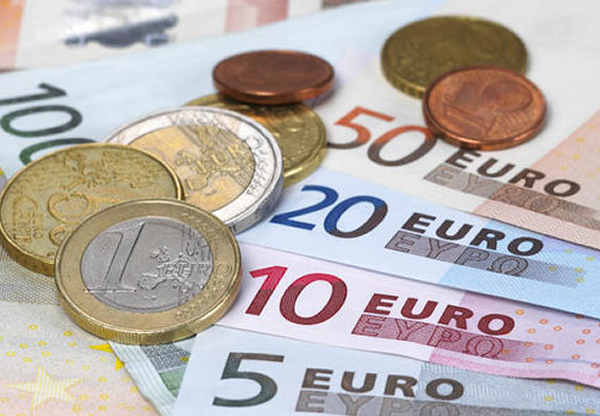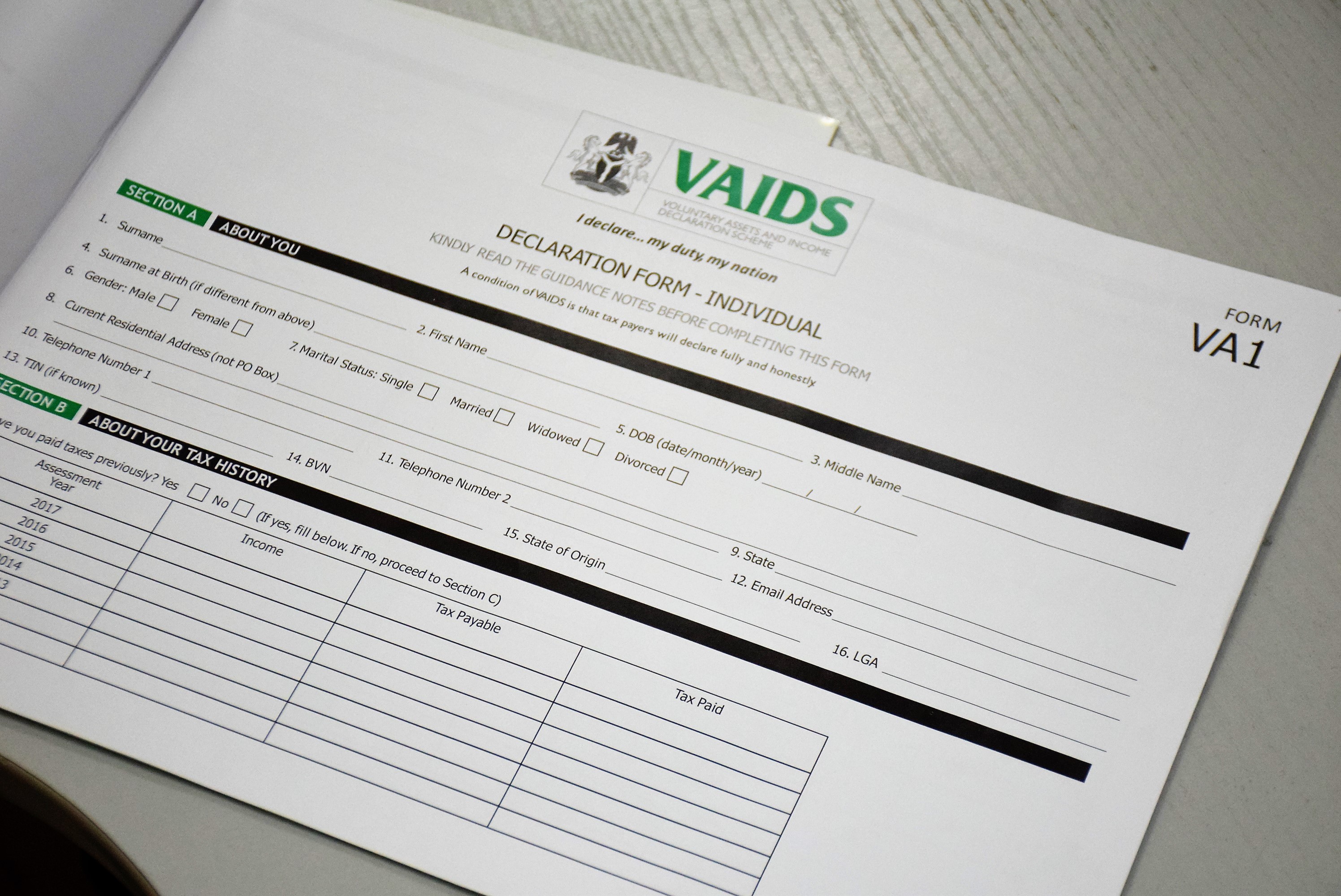After enjoying a 4-week rally, the dollar came under pressure last week, falling against most of its major peers, leaving many traders questioning whether the most recent bull run is over for the greenback.
Although U.S. consumer prices rose 0.5% in September, the biggest increase in eight months, when stripping out food and energy, core CPI only recorded a 0.1% increase, suggesting that inflationary pressure remains absent from the largest economy in the world. Moreover, while retails sales jumped 1.6% in September, the largest since March 2015, when you exclude automobiles, gasoline, food services and building materials, core retail sales only recorded a 0.4% increase. The disappointment was felt in fixed income markets, with 10-year treasury yields falling 5 basis points on Friday. However, expectations for a third rate hike in December remained above 80%, according to CME’s FedWatch Tool.
Given that a December rate hike is almost entirely priced in, the dollar will be driven by longer-term expectations. The three rate hikes plotted on the Fed’s dot plot for 2018, is nowhere near to markets’ expectations of only one, and the main risk facing the greenback is who will lead the Fed after Janet Yellen departs. It will require robust economic data for dollar bulls to regain control, particularly in wages and inflation expectations. If these two metrics remain weak in the final quarter of the year, I think the dollar will continue to be dragged lower.
Will Carles Puigdemont announce independence?
Advertisement
Euro traders are awaiting the announcement from Charles Puigdemont, on whether he will declare independence from Spain. The deadline given to him is today 8:00 am GMT. If Mr. Puigdemont claims independence, Spain would move towards dissolving Catalonia’s parliament and call new local elections. We still don’t know how this political conflict will end, but it will no doubt create downside risk to the single currency. However, I still believe that such threats are insignificant and the ECB’s policy will remain the dominant driver in the days to come. Tuesday’s CPI report will likely help to outline expectations for ECB’s monetary policy decision on 26 October.
Iraq conflict moving oil prices
The oil price is the only asset class showing big moves on a quiet Monday. Brent is up more than 1%, trading at its highest level since 28 September, after Iraqi forces began marching towards Kirkuk – an oil-rich Kurdish province. Clashes have been reported between Kurdish fighters and Iraqi forces early today, threatening to disrupt output from Kurdish controlled fields. If the 600,000 barrels a day exports from Kirkuk’s oil fields are halted, I expect Brent to retest September’s high of $59.49. Oil traders are also monitoring the U.S. – Iranian situation very closely. If the U.S. Congress goes ahead with rekindling economic sanctions on Tehran, after Trump decertifies the nuclear deal, Brent prices will likely breach the $60 benchmark.
Advertisement
“Stupid” investors made more than 400% profit year-to-date
Despite JP Morgan Chase CEO Jamie Dimon calling people buying Bitcoin “stupid”, and stating that they will “pay the price for their stupidity”, the cryptocurrency surged to a new high of $5,846 on Friday and continued to hover close to this record level. The attempts by government to crack down on cryptocurrencies, with China being the biggest nay-sayer, is not stopping the growth of wallets in the digital currency. Since Bitcoin entered the mainstream, many investors, including hedge funds, want to be a part of this experiment and this has lead into more inflows into Bitcoin. It’s difficult to know whether a bubble is being created, as there are no specific metrics that can be used as a benchmark to determine Bitcoin’s intrinsic value. Given that the cryptocurrency is likely to continue attracting new investors, we’re likely to see news highs in the weeks to come.
For more information, please visit: ForexTime
Advertisement
Add a comment






